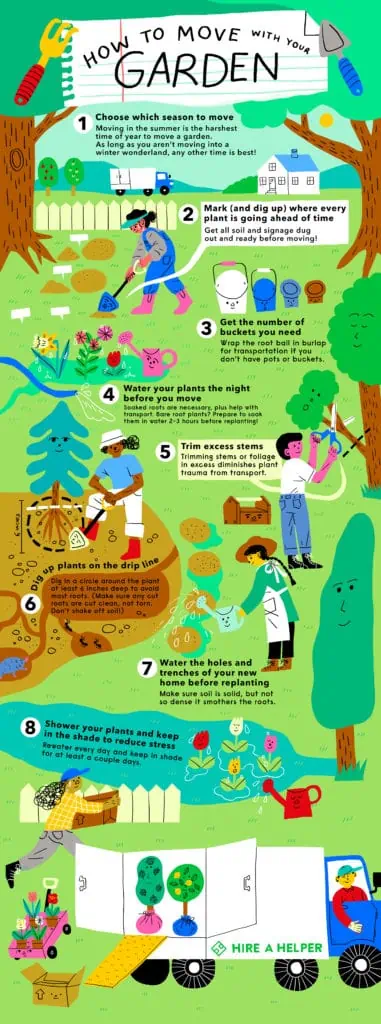Not only is gardening a great way to beautify your space and reduce grocery costs, but it’s also good for your mental health too. Gardening is shown to combat loneliness, reduce dementia risk, and generally boost your mood, according to AARP.
Sounds great, but what if you live in the city or in a small apartment?
If you live in any kind of dwelling with little outdoor space, you might not be able to enjoy a sprawling outdoor oasis. But that doesn’t mean you can’t have a thriving—albeit modest—garden. Here’s what to know about building a garden in a small space.
How To Build a Compact Garden Outdoors
Picking up a new hobby, or just moved to a new place? Whether or not you brought your garden with you, first you’ll need to assess what type of space(s) you have to work with.
Some apartment dwellers are lucky enough to have a patch of earth outside, while others are stuck with a tiny balcony or walkway. Don’t worry! Even if you have just a sliver of land—or even no floor space at all—you can build a garden.
Find a place

Consider using these areas to house your garden:
- Side yard
- Stoop/porch
- Rooftop deck
- Windowsill
- Fence/wall
Just be sure you have permission to use that space, and if possible exclusive access. A public side alley or shared yard might not be the best, unless you get approval from your landlord/neighbor.
Avoid these plants
There are some plants that just don’t do well in tight spaces because they need a lot of room for their roots and foliage, or are aggressive growers that can quickly take over a small space. Some plants to steer clear from:
- Magnolias
- Clematis montana
- Eucalyptus
- Wisteria
- Milkweed
- New England Aster
- Rambling roses
Here are the fundamentals a gardens need, no matter the size
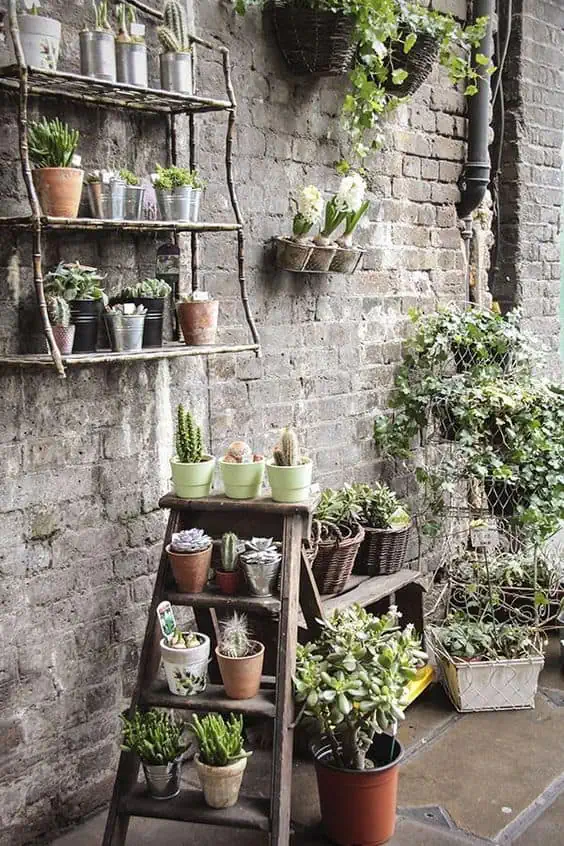
Is the space you found cramped? No problem.
One of the most important steps in building a garden regardless of its size is to organize it properly so that your plants have the best opportunity to flourish.
But you still need enough sun exposure, nutrients, moisture, and the right type of space for your mini-garden to grow to its full potential.
Proper sunlight
Different types of plants require different levels of sunlight. For instance, most vegetables need about six to eight hours of direct sunlight daily. Some can handle light shade, including leafy greens and root vegetables. Popular flowers such as chrysanthemums, geraniums, pansies, and peonies also do best with full sun exposure.
“A good all-around choice for gardens is loam soil, which drains well, retains proper moisture, and allows enough air to reach the roots of plants.”
Other plants and flowers are more tolerant of partial sun. Perennials such as violets, forget-me-nots, and hydrangeas may be best when your garden space doesn’t receive a ton of direct sunlight every day.
Enough water
You probably know that gardens need water to survive. (Please say yes.)
But what you might not realize is that depending on the plant, the amount of water they receive during watering also makes a big difference. For instance, tomatoes can crack open if they suddenly get a rush of water after experiencing dry conditions. Potted plants can also suffer from root rot if they’re overwatered and/or don’t have proper drainage. Not to mention, your foliage can also get blisters or mildew if the leaves get too wet.
In other words, Google your flower type, and don’t let a small space dictate how you are able to water each one.
See prices for local moving labor. Read real customer reviews. Easily book your help online.
You need to be able to reach every plant
The space you choose for your garden should allow you to reach all of your plants and hand water as necessary, keeping in mind that certain plants may be on a different watering schedule than others.
And of course, there should also be at least enough space for proper drainage, meaning your little garden is sitting in a spot where dripping or standing water won’t ruin or warp other surfaces.
Rich soil
All plants need fertile soil to grow and thrive. (That’s kind of their thing.) It’s particularly important to have good soil for vegetables since soil quality can impact their taste.
A good all-around choice for gardens is loam soil, which drains well, retains proper moisture, and allows enough air to reach the roots of plants. If your plants are housed in pots or beds, the soil from your garden will be too dense, though. In this case, regular potting soil will work (again, be sure your containers have drainage).
“You can also use varying heights and accessories such as mirrors to add visual interest and open up the space.“
Just enough room for the roots
The amount of space you have available will somewhat dictate what types of plants you can include in your garden. You can’t crowd your seeds too close together, otherwise, they won’t survive. Crowding leads to stunted growth, diseases, and pests.
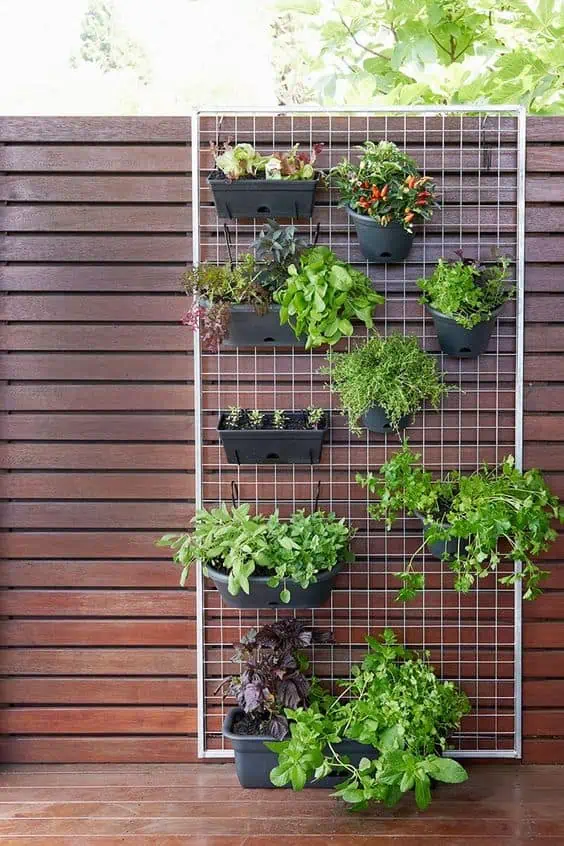
Some plants require more space than others. A helpful way to plan out your spacing is with square foot gardening, rather than in rows, This means planting in squares instead of a line. This ensures seeds are spaced properly and efficiently. Larger plants and vegetables, such as tomatoes and cabbages, need a full square foot each. You can fit smaller veggies like beets nine to one square foot.
Worried about any of the above? Leverage vertical space
If you don’t have a ton of floor space for a garden, consider growing up, not just out.
Many plants will grow vertically with the right support structures. For instance, use a trellis to grow vining tomatoes and pole beans. You can even “train” sprawling melons, squash, and cucumbers to grow upward! (Use stakes or wire cages for that.) You can also hang pots from a trellis panel to take advantage of unused vertical space and create a living wall with plants and flowers.
How To Get Creative with Containers
If you’re lucky enough to have a yard, you can plant your garden directly in the ground. But that’s not your only option.
Raised garden beds are a good choice if you have poor soil conditions—or no soil at all. They also deter weeds and pests. Garden beds can be built out of wood or bricks and filled with high-quality garden soil.
Use “weirder” containers
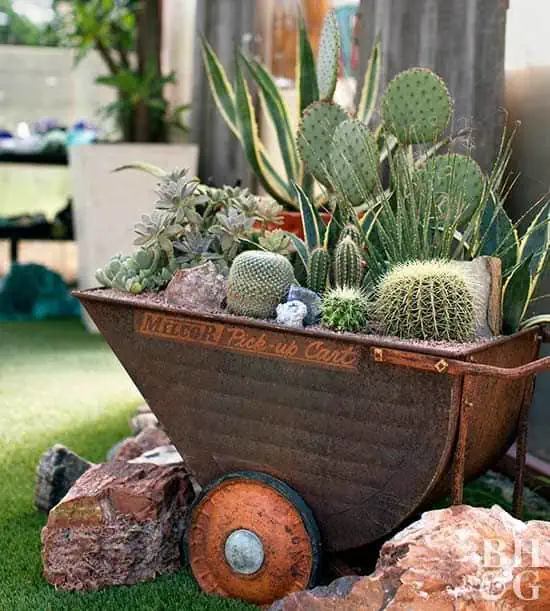
If you don’t have enough room for a raised bed, you can use several smaller containers to build a garden. Some household items that can make great garden containers include:
- Jars
- Fish tanks
- Wheelbarrows
- Pallets
- Bird baths
- Watering cans
You might be able to find a lot of these items around your house. Craigslist, Facebook Marketplace, thrift stores, and yard sales are also good places to look for unique pieces that can be repurposed for gardening.
This technique works well on small patios, where an assortment of containers and plants can make the space a lot more attractive and inviting. You can also use varying heights and accessories such as mirrors to add visual interest and open up the space. Just remember to keep spacing in mind and ensure your container is large enough for the plant you put in it.
Don’t forget to clean and/or waterproof them
Once you have your garden containers picked out, it’s a good idea to give them a good cleaning! There could be debris, chemicals, rust or mold that you wouldn’t want around your home and could harm your plants. For wooden containers, you might also want to waterproof them with a clear latex sealant so they last longer.
Bonus: Tips for Building a Small Garden Indoors
If you don’t have a patio or yard to house your garden, you’re not out of luck! It’s also possible to build a garden indoors whether you have an entire room or just one windowsill to dedicate.
When choosing an indoor space for your garden, two important considerations are the amount of natural sunlight it gets and the temperature. You’ll want to choose your plants based on these factors.
Plants that do well indoors with more limited sun exposure include:
- Herbs, including rosemary, basil, mint, and cilantro
- Lettuces and other leafy greens
- Low-maintenance houseplants such as snake plants, spider plants, Chinese money plants, and pothos
- Succulents, which tend to need more sun but have the added benefit of being drought-resistant, including aloe vera, zebra plants, echeveria, and panda plants
As you can see, living in a small space doesn’t mean you have to give up your green thumb. There are plants that can handle all sorts of living conditions. As long as you do your research and plan accordingly, you can put together a beautiful (little) garden.



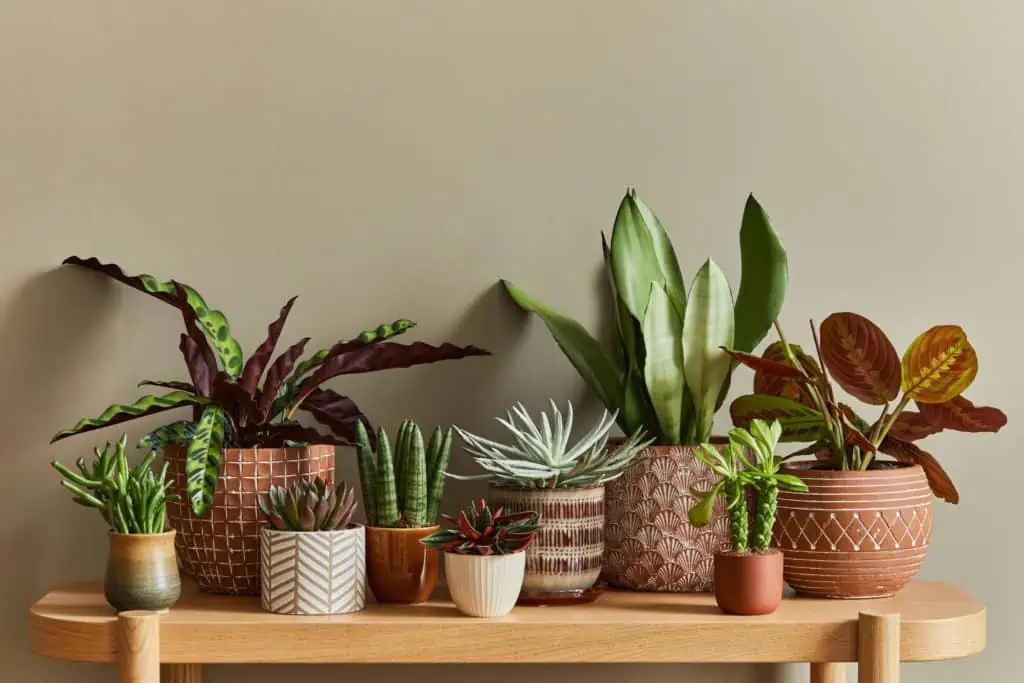
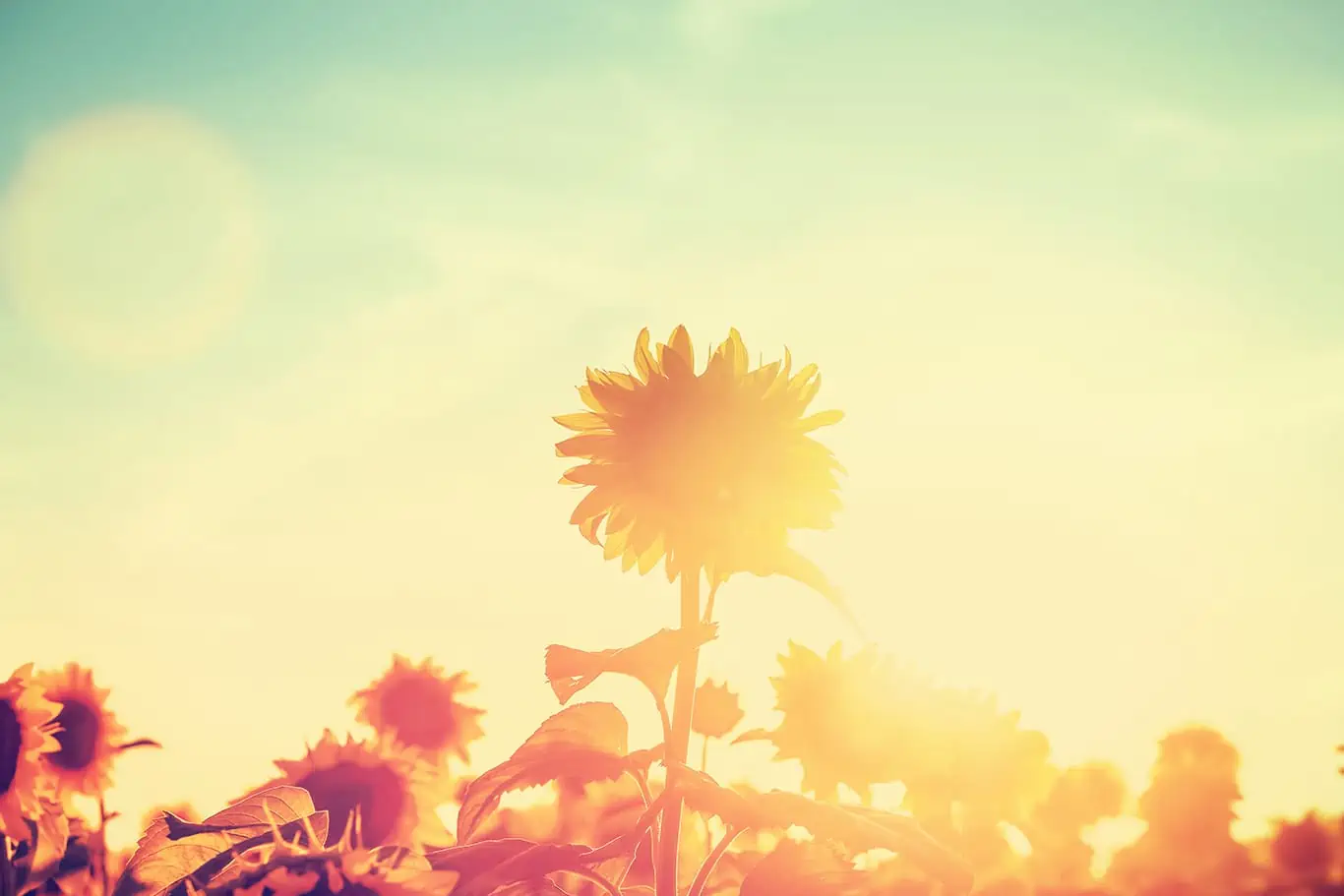
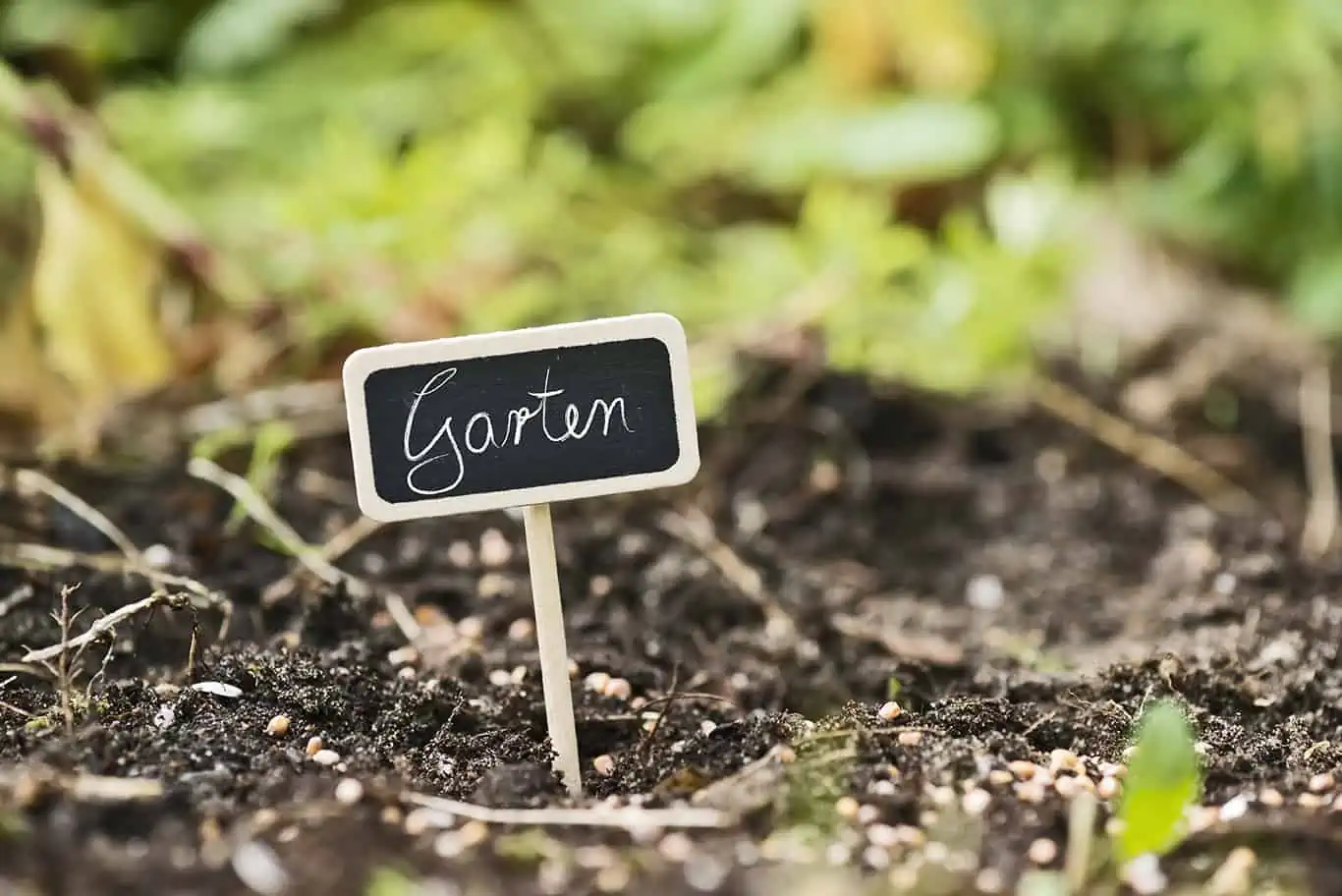

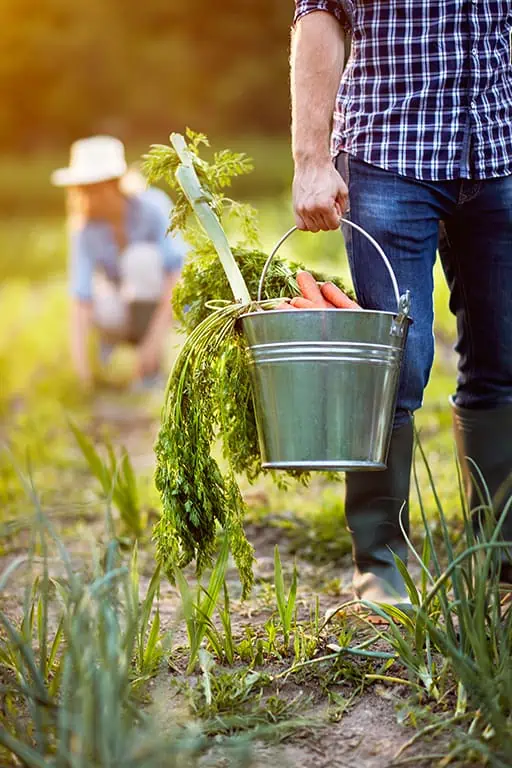 If you are moving your garden from one pot to another or if you are moving your potted plants into the ground, skip this step. But if you are moving your garden from one home to another, then you’ll need receptacles that can be also be moved. If basic pots or buckets aren’t available, wrap the root ball in burlap for transporting. The shock of moving is enough to kill a good deal of plants, so it’s important to make sure the transport goes as smoothly as possible.
If you are moving your garden from one pot to another or if you are moving your potted plants into the ground, skip this step. But if you are moving your garden from one home to another, then you’ll need receptacles that can be also be moved. If basic pots or buckets aren’t available, wrap the root ball in burlap for transporting. The shock of moving is enough to kill a good deal of plants, so it’s important to make sure the transport goes as smoothly as possible. 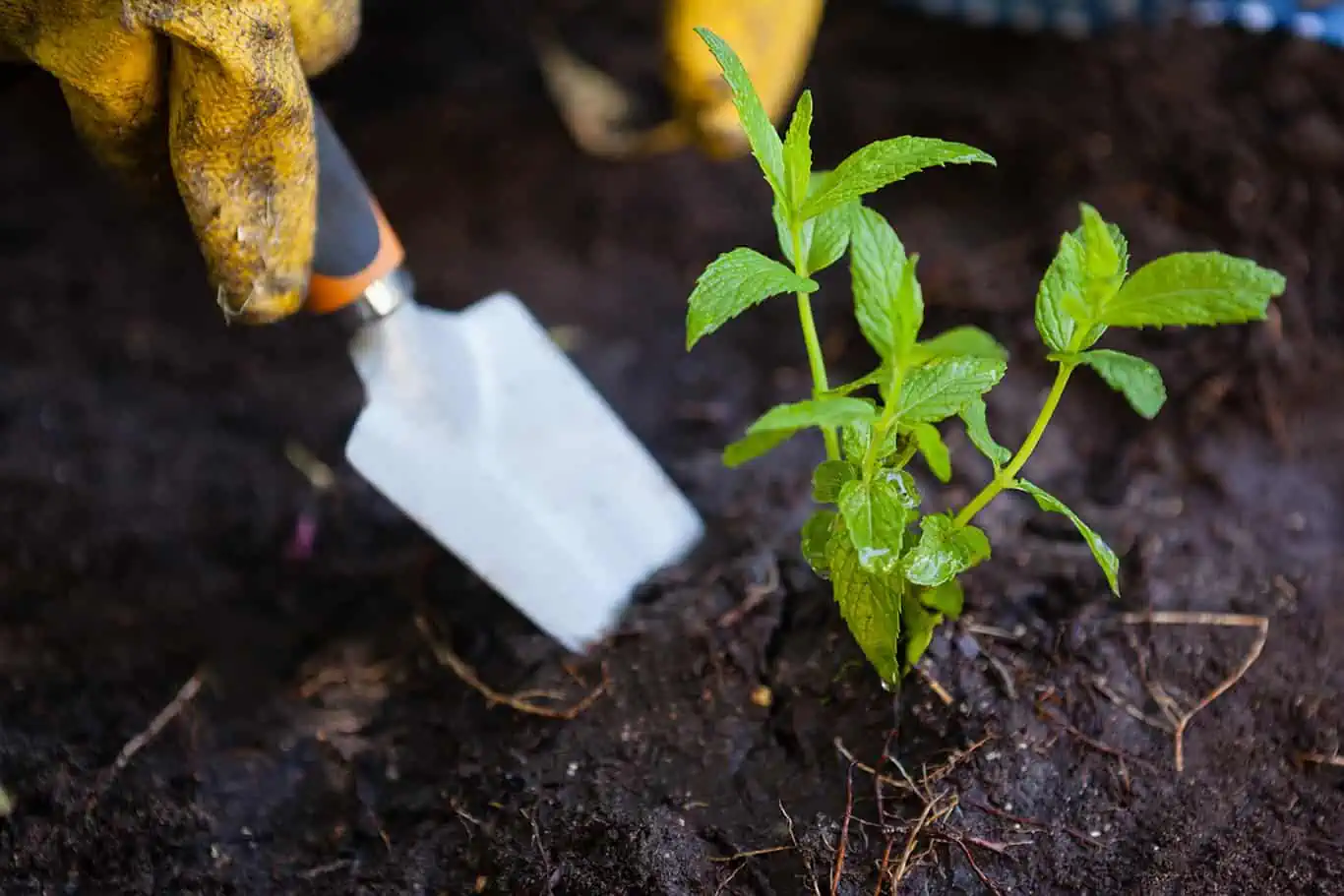

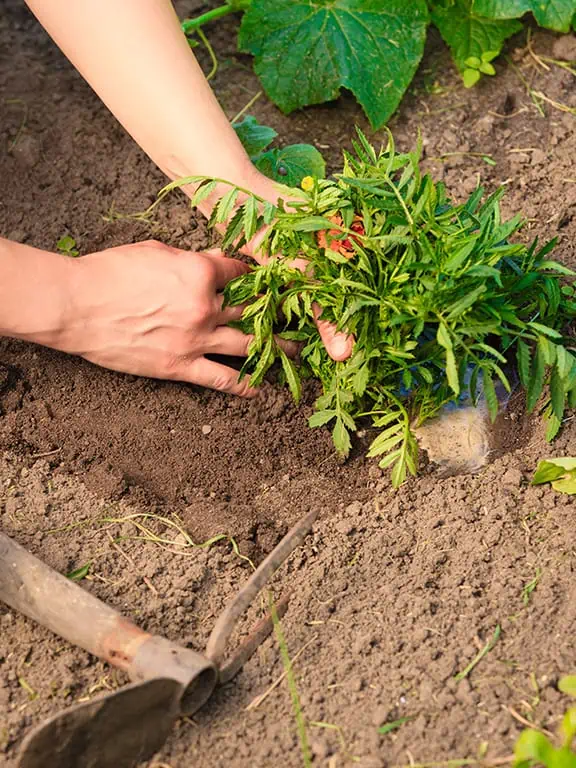 You want to plant your garden in its new location as soon as possible. We would suggest doing it right after you are done uprooting them. If that isn’t possible, then quickly get them into their temporary, transitional home. Just remember, the longer the plant is out, the harder it will be to set.
You want to plant your garden in its new location as soon as possible. We would suggest doing it right after you are done uprooting them. If that isn’t possible, then quickly get them into their temporary, transitional home. Just remember, the longer the plant is out, the harder it will be to set. 